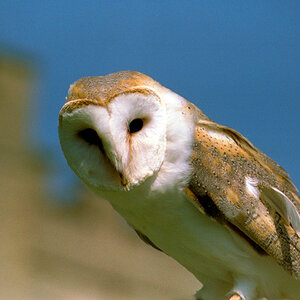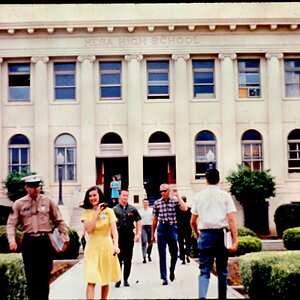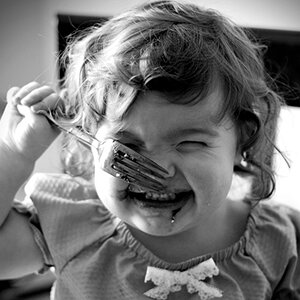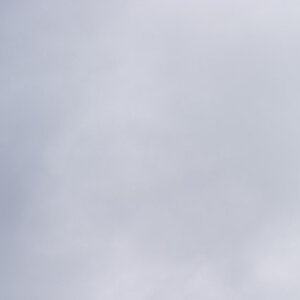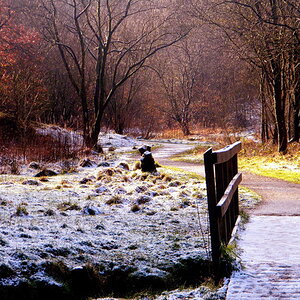crazy_dragonlady
TPF Noob!
- Joined
- Feb 23, 2008
- Messages
- 163
- Reaction score
- 0
- Location
- SE Pennsylvania
- Can others edit my Photos
- Photos OK to edit
Well, I guess I should introduce myself as I have been reading the forums here for the past few hours. :mrgreen:
I have always been interested in art and got interested in photography when I bought my first camera... still have it actually and I still use it! It was a point and shoot camera but it did what I wanted it to do.
After I had been approached by a music magazine to take photos for their publication I figured it would benefit me as well as the magazine if I was to go for a more expensive, and more customizable camera. You know, to get the better shots and to be able to be in the back of the concert venues and still get some nice close ups.
So, I purchased a Canon EOS 3000 kit as well as a zoom lens which I believe is the Canon Zoom Lens EF 75-300mm 1:4-5.6 II. I read that directly off the lens
To continue, I haven't taken any type of photography lessons/classes I just learned as I went. Well, now that I am a bit older (this was about 12 years ago) I am starting to get more interested in just what capabilities my camera has as well as the fact that I would like to learn more about photography... like all the terms and what they mean and how they affect the photos.
(this was about 12 years ago) I am starting to get more interested in just what capabilities my camera has as well as the fact that I would like to learn more about photography... like all the terms and what they mean and how they affect the photos.
So, if anyone can point me in the direction of some article(s) like "Photography for Dummies" ... you know the series I'm talking about... I'd appreciate it. Either that or just answer these few questions to get me started.
The things that I'd like to know to begin is just what is ISO, f-stops, aperature and shutter speed settings and Depth of Field and just how do each of these settings alter the photo(s) and how do they interact with one another to affect the photos? I know, not a simple question but something I really must know in order to begin my photography journey. I always thought that ISO was just the type of film? :blushing:
Maybe if there's a link to some article online that I could read that would explain things I would go there instead of someone having to type a response in here.
Sorry for the extremely long post but I'm just scratching the surface about what I would like to learn ... "inquiring minds want to know!" :mrgreen::mrgreen:
ttfn
CDL.
I have always been interested in art and got interested in photography when I bought my first camera... still have it actually and I still use it! It was a point and shoot camera but it did what I wanted it to do.
After I had been approached by a music magazine to take photos for their publication I figured it would benefit me as well as the magazine if I was to go for a more expensive, and more customizable camera. You know, to get the better shots and to be able to be in the back of the concert venues and still get some nice close ups.
So, I purchased a Canon EOS 3000 kit as well as a zoom lens which I believe is the Canon Zoom Lens EF 75-300mm 1:4-5.6 II. I read that directly off the lens
To continue, I haven't taken any type of photography lessons/classes I just learned as I went. Well, now that I am a bit older
So, if anyone can point me in the direction of some article(s) like "Photography for Dummies" ... you know the series I'm talking about... I'd appreciate it. Either that or just answer these few questions to get me started.
The things that I'd like to know to begin is just what is ISO, f-stops, aperature and shutter speed settings and Depth of Field and just how do each of these settings alter the photo(s) and how do they interact with one another to affect the photos? I know, not a simple question but something I really must know in order to begin my photography journey. I always thought that ISO was just the type of film? :blushing:
Maybe if there's a link to some article online that I could read that would explain things I would go there instead of someone having to type a response in here.
Sorry for the extremely long post but I'm just scratching the surface about what I would like to learn ... "inquiring minds want to know!" :mrgreen::mrgreen:
ttfn
CDL.


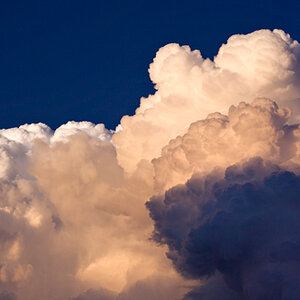
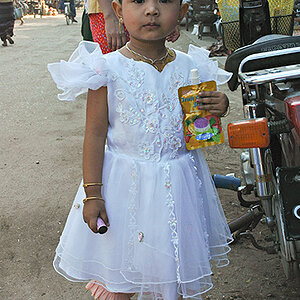
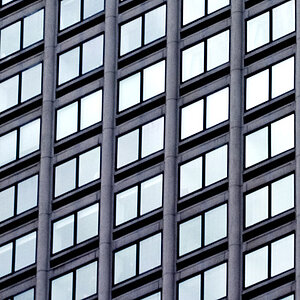
![[No title]](/data/xfmg/thumbnail/40/40288-4d5d7a8aa74ddfceb5fb82062d9b21be.jpg?1619739409)
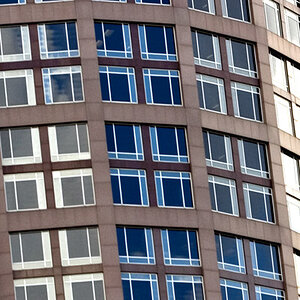
![[No title]](/data/xfmg/thumbnail/42/42257-4c4b35d60337b1b4ec661332486a33be.jpg?1619740066)
